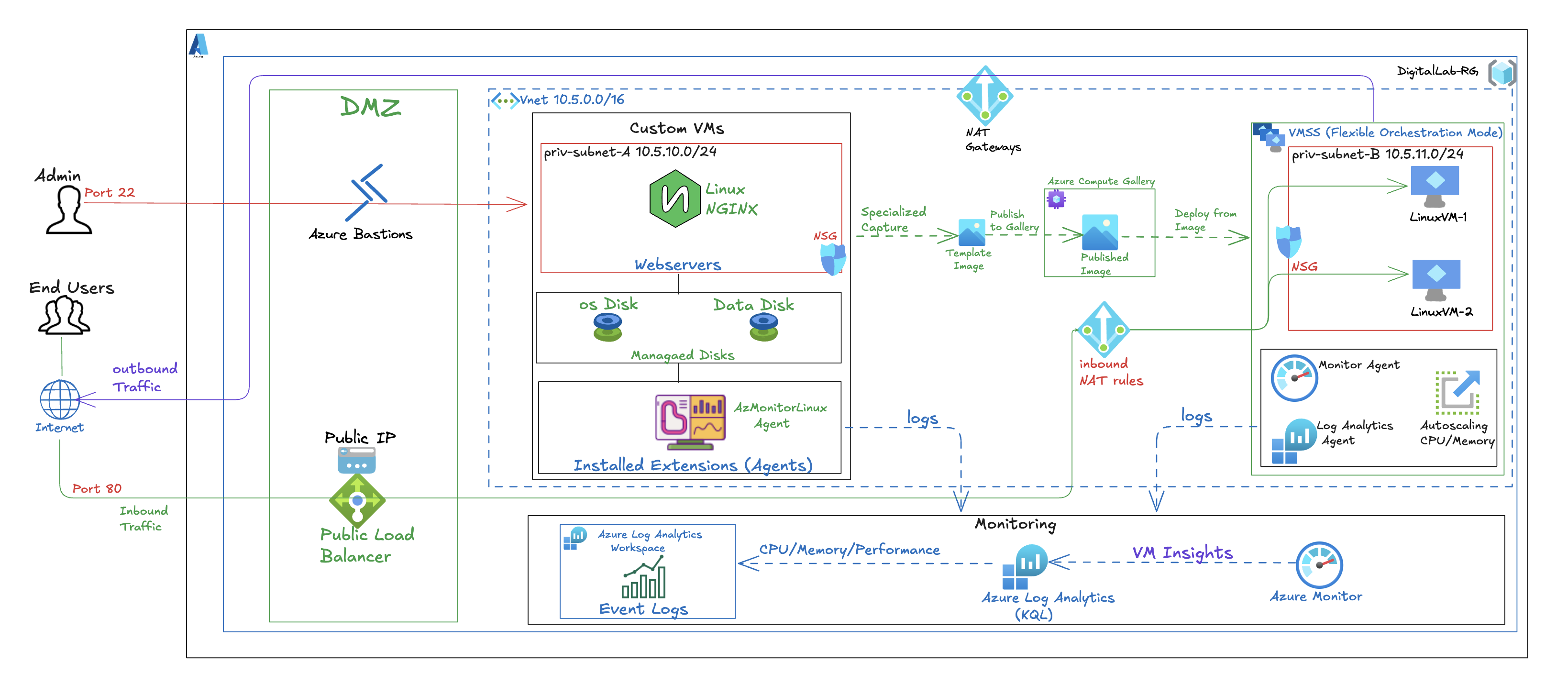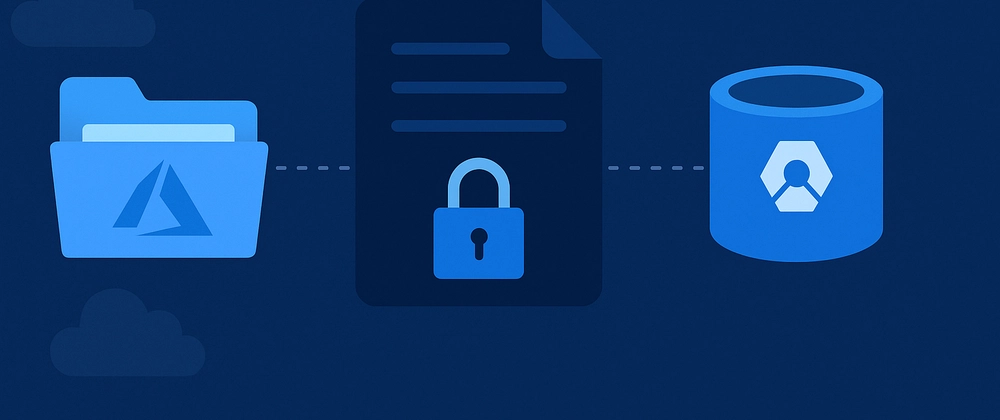Automating Hub & Spoke Secure Azure Networks with Terraform (IaC) & Azure Firewalls
Introduction
Imagine your business’s digital assets—all your customer data, company secrets, and applications—are stored inside a high-value property. Without security guards or locks on the doors, this property is an open invitation for burglars (Vulnerabilities). In the same way, an insecure cloud network is a prime target for cyber threats.
Cloud network security provides those essential guards and locks (Virtual Network, Security Groups, Firewalls & Encryption), protecting your most valuable digital assets from a growing number of attackers.



